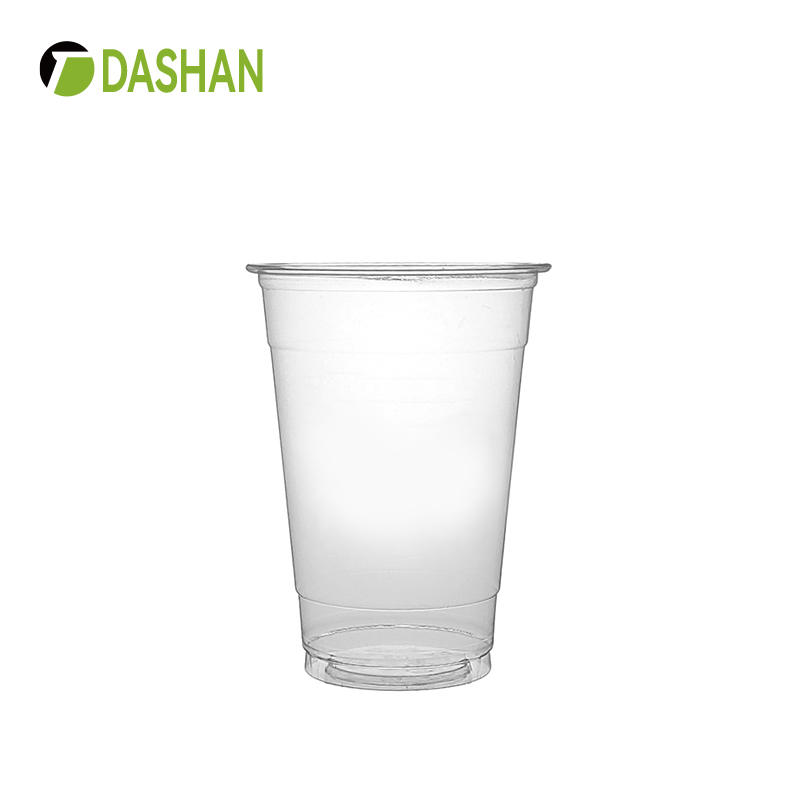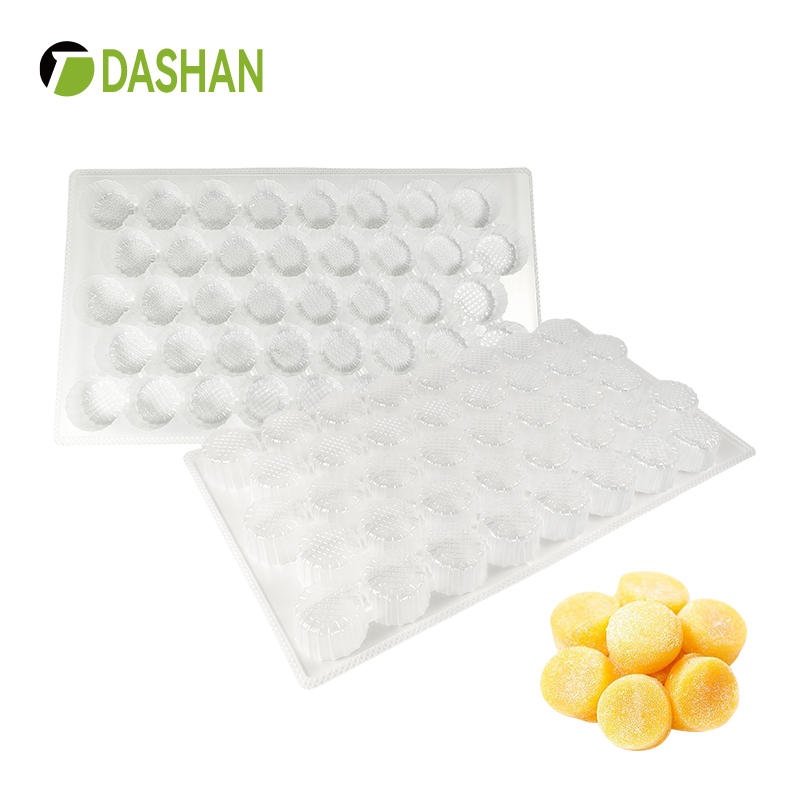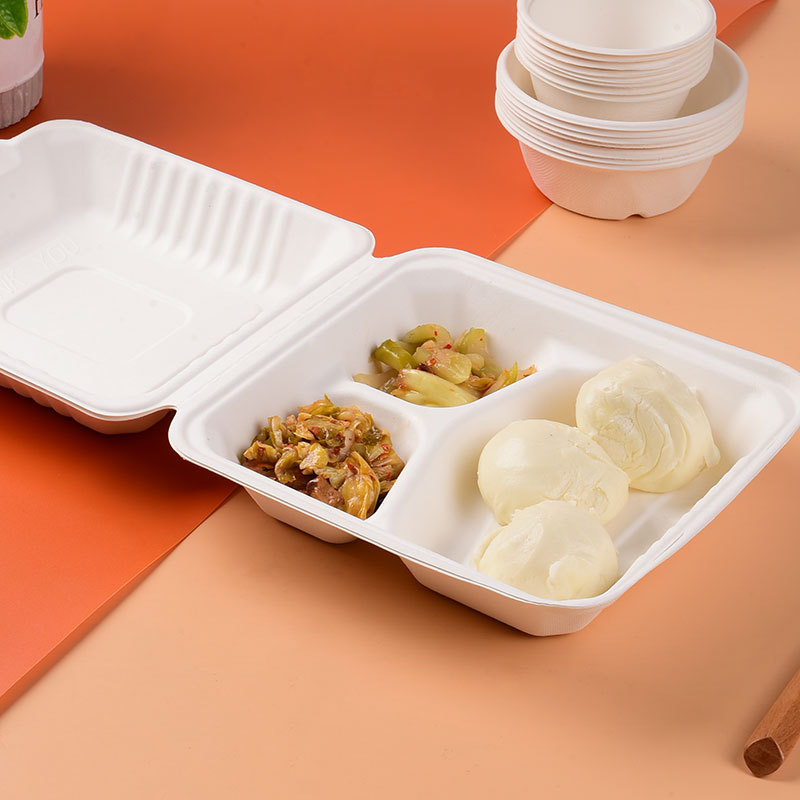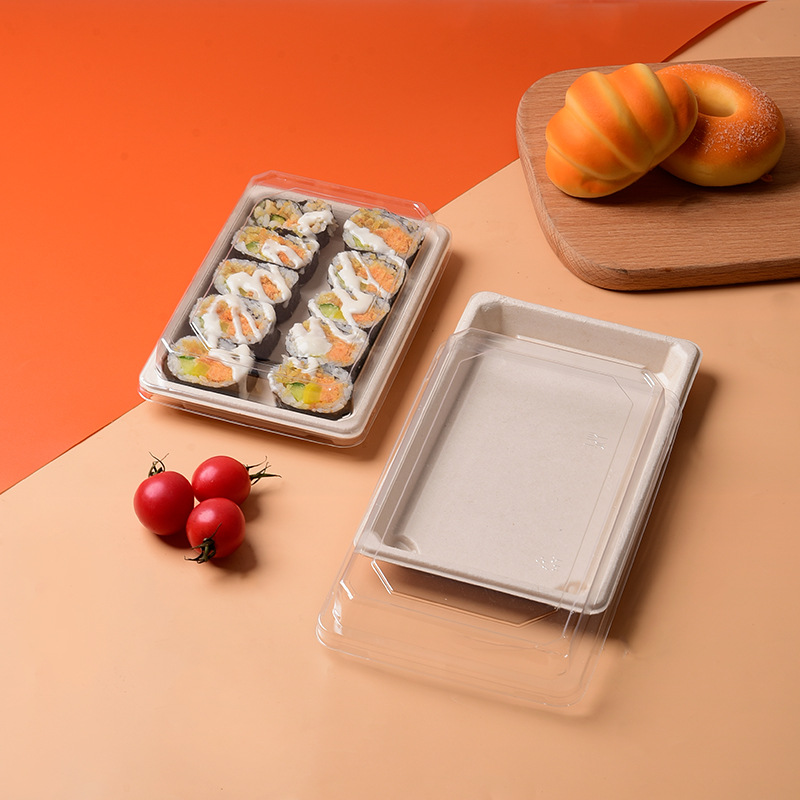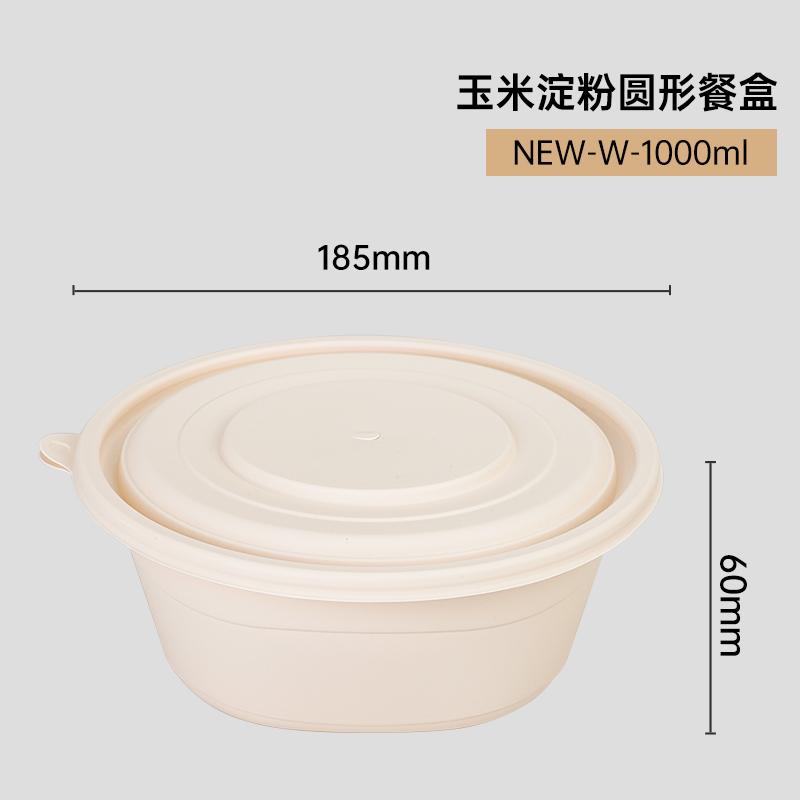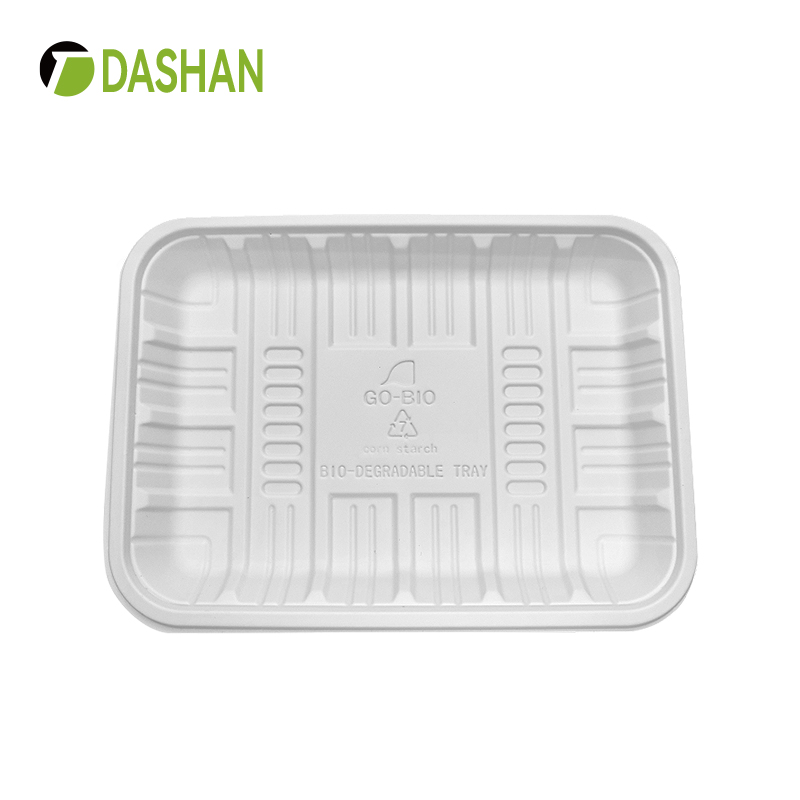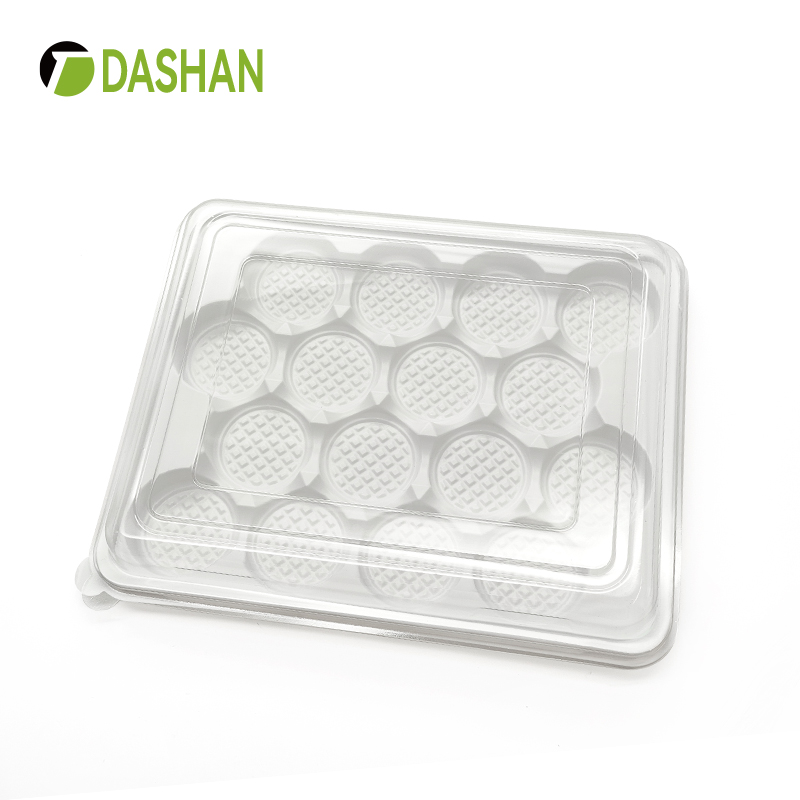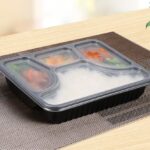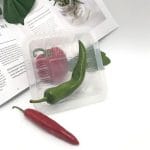In a world increasingly concerned about environmental sustainability and the consequences of single-use plastics, the food service industry has been at the forefront of change. Traditional plastic cups, once the standard for serving beverages, have come under scrutiny for their negative impact on the environment. In response to these concerns, biodegradable PLA plastic cups have emerged as a promising alternative, offering the potential to revolutionize the way we serve and enjoy drinks. This article explores the rise of biodegradable PLA plastic cups and their role in shaping the future of food service.
The Plastics Predicament
For many decades, plastic has been an integral part of the food service industry. Plastic cups, lids, straws, and utensils became ubiquitous for their convenience, durability, and cost-effectiveness. However, the environmental consequences of our plastic consumption have become increasingly evident.
Single-use plastics, including plastic cups, contribute to plastic pollution, clogging waterways, harming wildlife, and persisting in the environment for hundreds of years. As these concerns gain more attention, consumers and businesses alike are seeking alternatives that are more in harmony with our planet.
Enter PLA Plastic
Polylactic acid, or PLA, is a biodegradable and bioactive thermoplastic made from renewable resources like corn starch or sugarcane. Biodegradable PLA plastic cups, made from this material, offer a sustainable and environmentally friendly alternative to traditional petroleum-based plastics.
Here’s why biodegradable PLA plastic cups are causing a buzz in the food service industry:
- Biodegradability: PLA is biodegradable, which means it can break down naturally into water, carbon dioxide, and organic matter when exposed to the right conditions. This is a stark contrast to conventional plastics, which can persist in the environment for centuries.
- Renewable Resources: PLA is derived from renewable resources like corn and sugarcane. Unlike petroleum-based plastics, which rely on finite fossil fuels, PLA production is more sustainable and less reliant on non-renewable resources.
- Reduced Carbon Footprint: The production of PLA plastic generates fewer greenhouse gas emissions compared to traditional plastics, making it a greener choice.
- Customizability: PLA plastic can be customized in terms of color, design, and shape, allowing food service providers to maintain branding while choosing a more sustainable option.
- Compostability: Biodegradable PLA plastic cups can be composted under the right conditions, making it a preferred choice for eco-conscious businesses and individuals.
Applications in Food Service
Biodegradable PLA plastic cups have made a significant impact on the food service industry, with applications ranging from cafes and restaurants to large-scale events and catering services. Here are some key areas where PLA cups are making their presence felt:
- Coffee Shops and Cafes: Single-use coffee cups and lids are a significant source of plastic waste. Many coffee shops have transitioned to PLA cups as an eco-friendly alternative.
- Fast Food Chains: Major fast-food chains are adopting PLA cups for their soft drinks and other beverages, demonstrating a commitment to sustainability.
- Event Catering: Large-scale events, from weddings to corporate gatherings, are increasingly opting for biodegradable biodegradable PLA plastic cups for the convenience of disposable tableware without the environmental guilt.
- School Cafeterias: Educational institutions are promoting sustainability by replacing traditional plastic cups with PLA alternatives.
- Eco-Friendly Restaurants: Many eco-conscious restaurants are embracing PLA cups and other biodegradable serving materials to align with their green values.
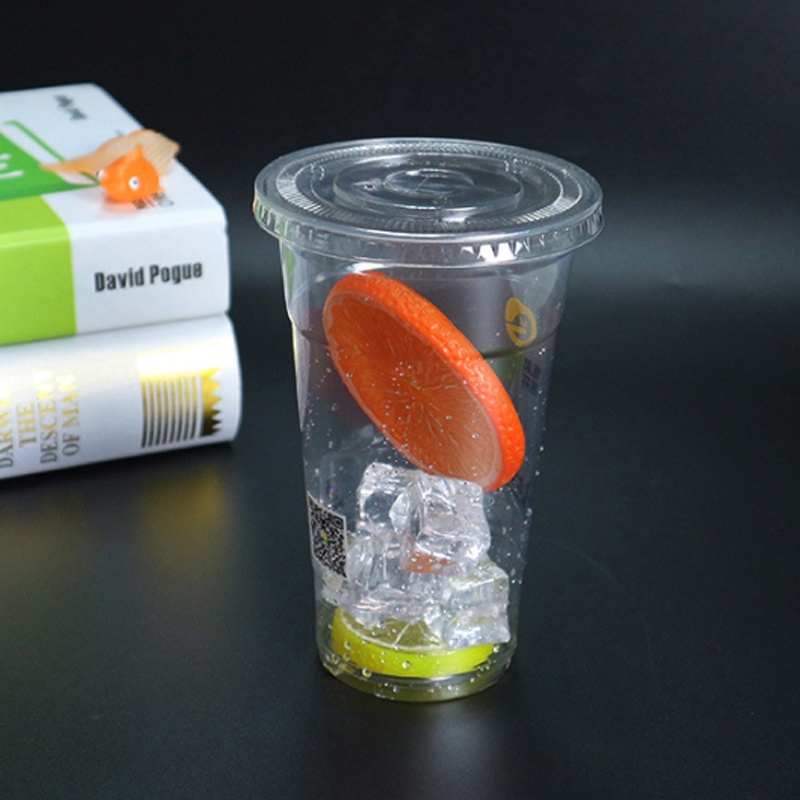
The Journey from Corn to Cup
Understanding the journey of PLA plastic from its agricultural origins to the dining table provides insight into its sustainability and environmental benefits.
- Raw Material Production: PLA plastic begins with the cultivation of corn or sugarcane. These crops are renewable and have a significantly lower environmental footprint compared to petroleum-based plastics.
- Conversion to Polylactic Acid: The harvested corn or sugarcane is processed into starch. The starch undergoes fermentation to produce lactic acid, which is the building block for PLA.
- Polymerization: Lactic acid is then polymerized to create PLA pellets, which serve as the raw material for various PLA products, including cups.
- Manufacturing of PLA Cups: The PLA pellets are melted and shaped into cups using traditional plastic processing techniques.
- Use and Disposal: Biodegradable PLA plastic cups are used in the food service industry and can be disposed of in various ways. Ideally, they are sent to commercial composting facilities, where they can break down efficiently. However, they can also be incinerated or sent to landfills, where they will eventually biodegrade, albeit at a slower rate than in a composting environment.
This lifecycle demonstrates the environmentally friendly aspects of PLA plastic, starting with renewable resources and culminating in biodegradability.
Compostable PLA Cups: A Step Towards a Circular Economy
One of the most significant advantages of biodegradable PLA plastic cups is their compostability. When disposed of in a commercial composting facility, PLA cups break down efficiently, returning valuable nutrients to the soil. This process aligns with the concept of a circular economy, where resources are used, reused, and returned to nature in a sustainable loop.
Compostable PLA cups have several benefits:
- Reduced Waste: Diverting biodegradable PLA plastic cups from landfills reduces the burden on waste management systems and helps reduce the accumulation of non-biodegradable waste.
- Soil Enrichment: The composting process transforms PLA into nutrient-rich compost that can improve soil quality and support plant growth.
- Carbon Sequestration: Compost created from biodegradable materials like PLA can help sequester carbon in the soil, contributing to climate change mitigation.
- Reduced Methane Emissions: Landfills are a significant source of methane emissions, a potent greenhouse gas. Composting biodegradable PLA plastic cups reduces these emissions by diverting organic materials from landfills.
- Resource Conservation: Composting PLA cups helps preserve finite landfill space and conserves valuable resources, as the compost can be used to enrich agricultural soils.
The Future of Food Service: Key Takeaways
Biodegradable PLA plastic cups represent a significant step towards a more sustainable future for the food service industry. They offer a range of benefits, including biodegradability, reduced carbon footprint, and a positive impact on waste management and soil enrichment. However, as with any transformative change, there are challenges to overcome, including consumer awareness, proper disposal, and the need for commercial composting facilities.
The future of food service is intrinsically linked to sustainability. The adoption of PLA cups and other biodegradable alternatives aligns with a global shift toward more responsible and eco-friendly practices. As regulations and consumer demand continue to grow, businesses in the food service industry are embracing these changes to provide a more environmentally conscious dining experience.
The transition to biodegradable PLA plastic cups is not just a trend; it is a necessary evolution. It represents a commitment to reducing the environmental impact of the food service industry and demonstrates a dedication to preserving the planet for future generations. While the journey may be ongoing, it is clear that biodegradable PLA cups have a significant role to play in shaping the sustainable future of food service.
Related Products


